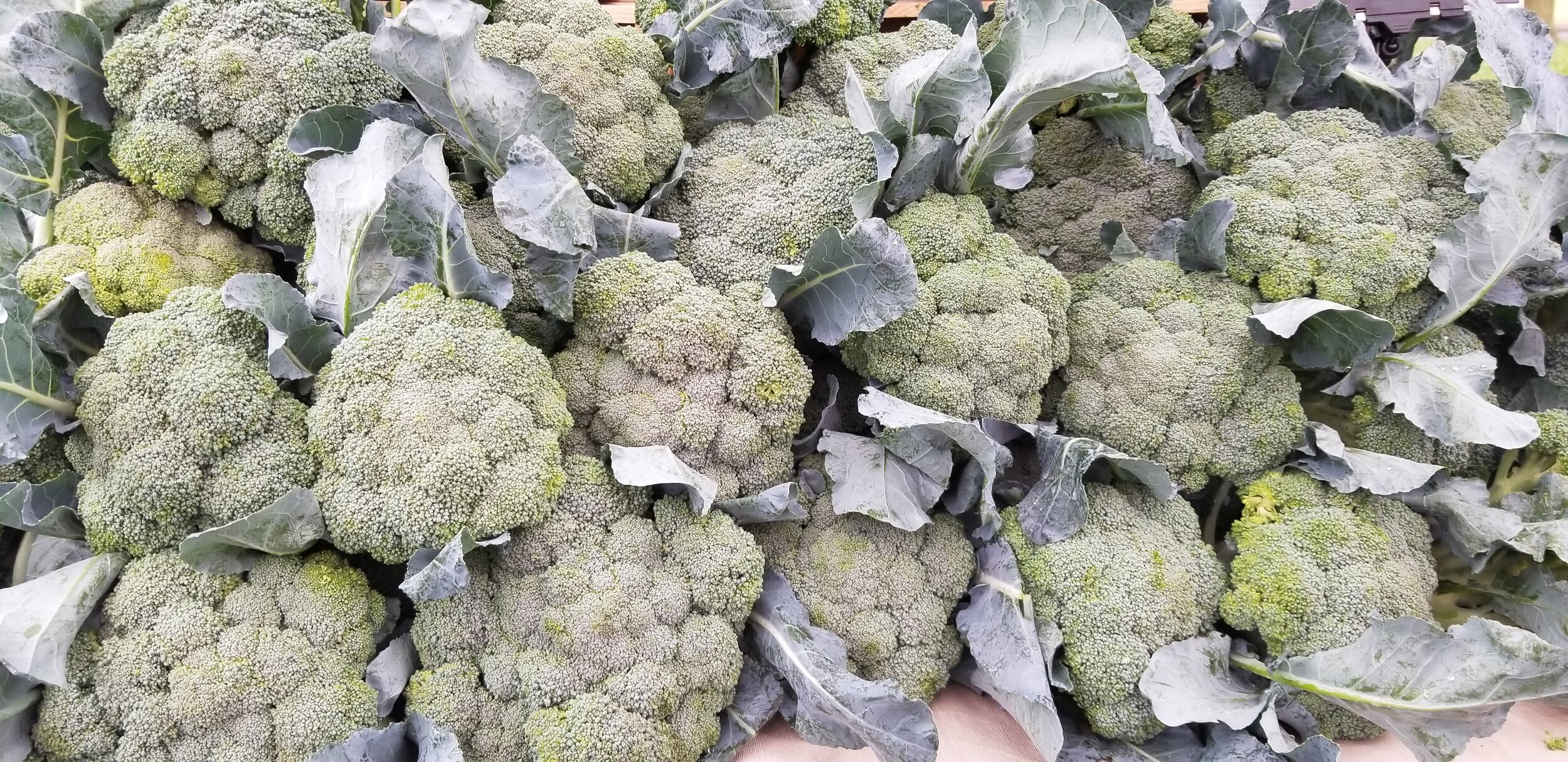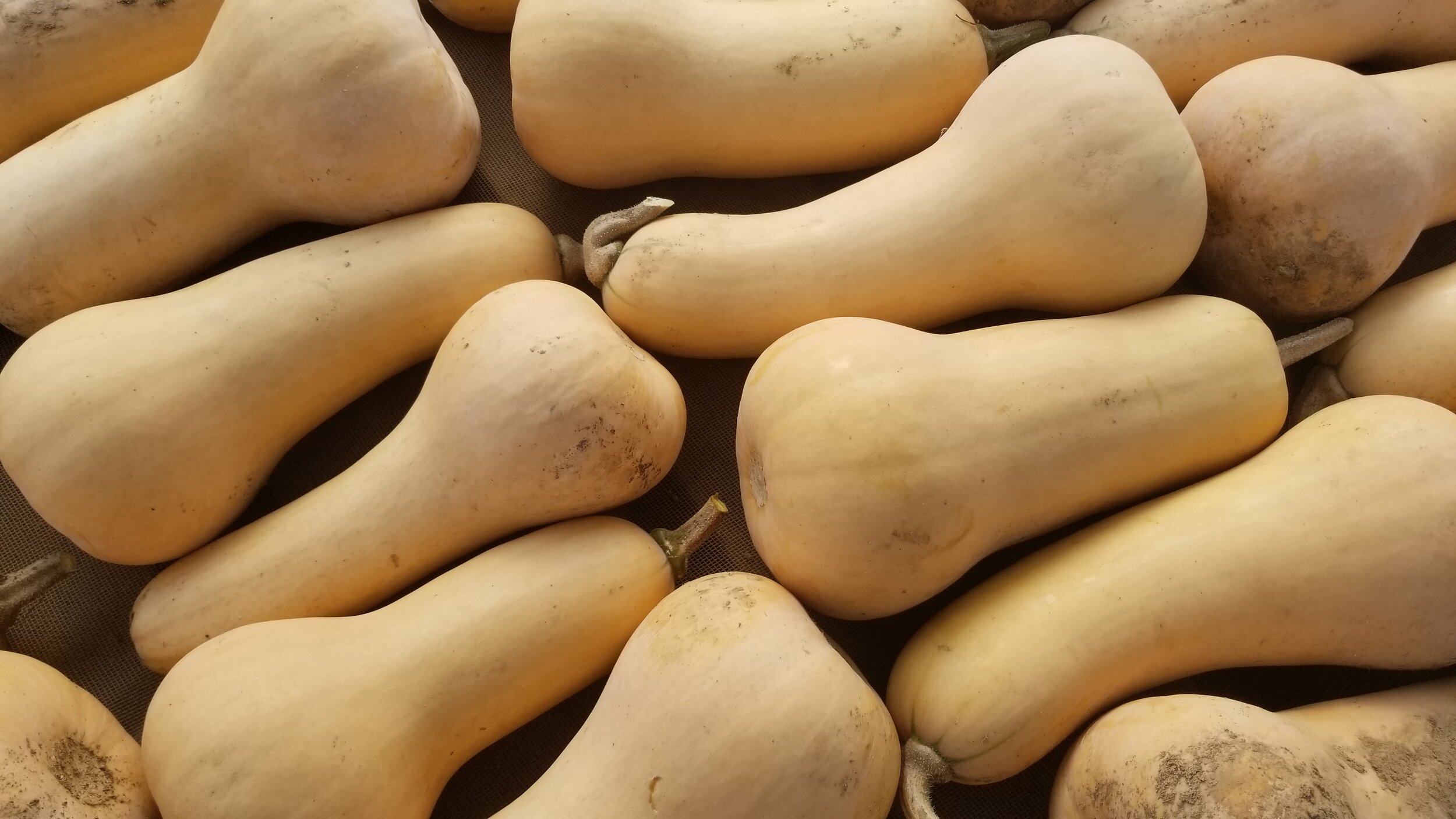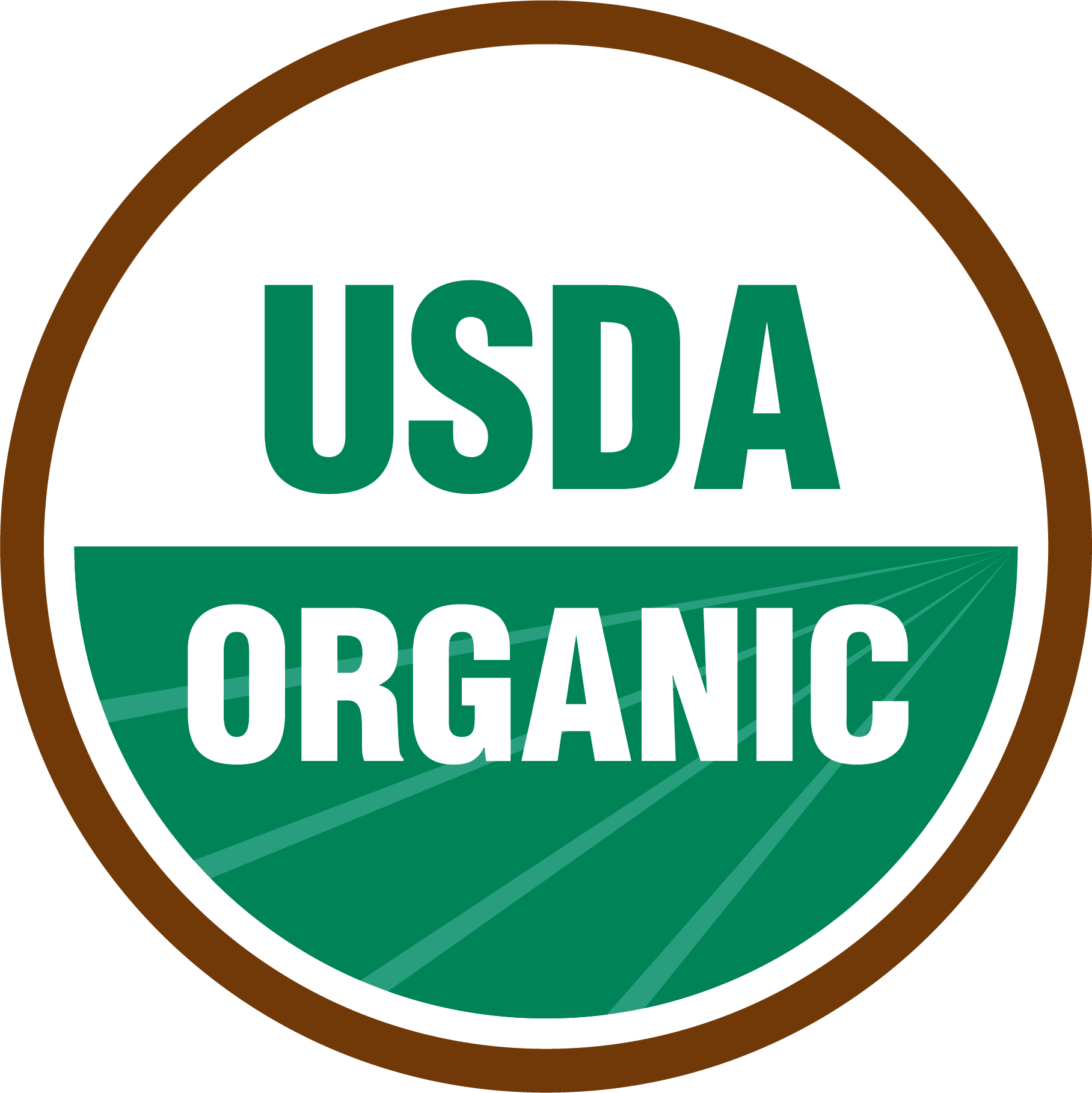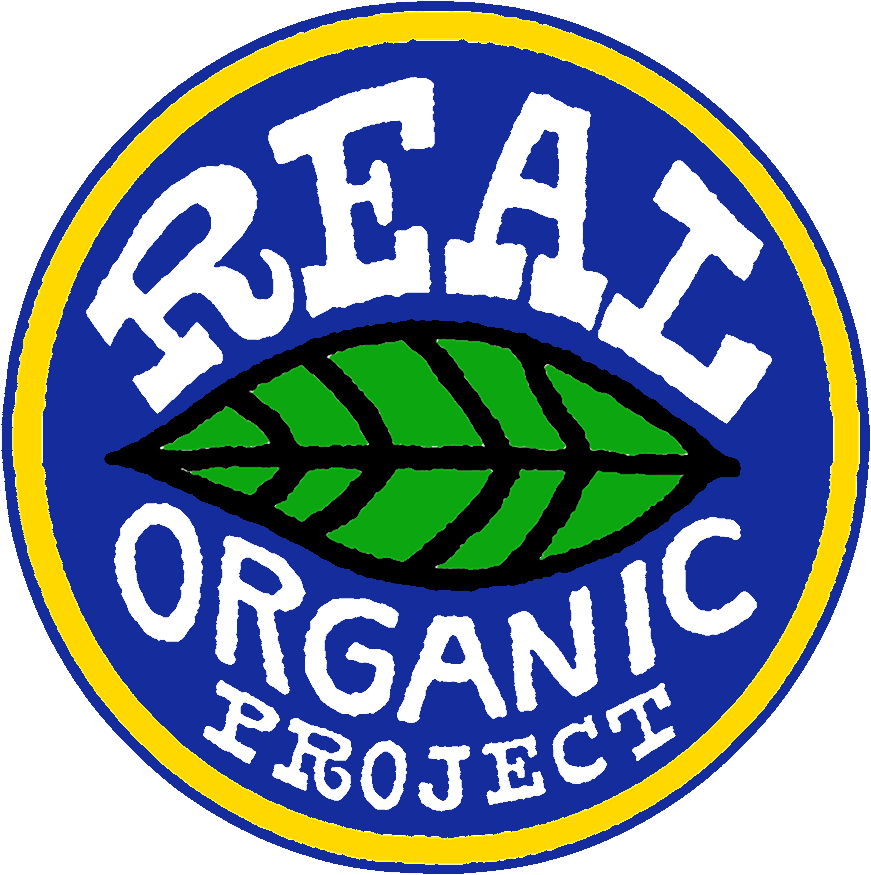Dear KCSA community,
The next couple of weeks we are playing greens potluck at the farm! Bolting arugula (you can eat the flowers), slow growing kale, insects in the collards, and some timing issues has made the greens harvest a little unpredictable. Members will find some sort of combination of kale, collards, chard, arugula, bok choy, mizuna and mustard in their boxes this week.
Not to feel left out, the herbs are also in for a round robin. Thyme, parsley, savory, rosemary, and sorrel are all ready to get picked. Think of all the creative culinary combinations!
Summer officially makes way for winter this week. Move aside zepher, crookneck and patty pans: all hail the butternut! Our experiment with Spaghetti squash never quite made it past the planning stages…maybe next year?
WHAT'S IN THE SHARES THIS WEEK!
SWISS CHARD, KALE, HERBS, ARUGULA, MIZUNA, BOK CHOY, ZUCCHINI, GARLIC, EGGPLANT, ONIONS, PEPPERS, TOMATOES, & BUTTERNUT SQUASH
U-PICK:
CHERRY TOMATOES, HOT PEPPERS, SHISHITO PEPPERS, TOMATILLOS, GROUND CHERRIES, FLOWERS, HERBS, & BASIL.
We are expecting some mid-40F lows by the weekend, so tomatoes, peppers and eggplants will continue to chug along before that first frost. Unfortunately, the ripening process does not seem to be able to keep up with the picking despite Sara and Mandi spraying the plants with liquid sunshine, AKA B.D. prep 501.
And, Marilyn and Gretchen have tabulated the 2020 fledges from our Purple Martin Colony. A total of 53 baby birds from KCSA’s gourds and new T-14 housing system are currently on their migratory path back to the Amazon Basin. This is over twice as many as the colony produced last year! A big thank you to both of them for their hard work and diligence. We hope they have safe passage and their winter roost (technically summer in South America) has not been destroyed by the devastating forest fires.
Cheers,
Andrew





































